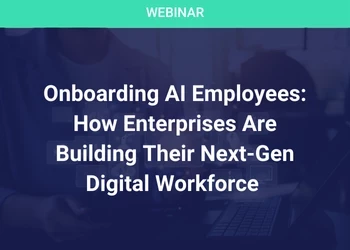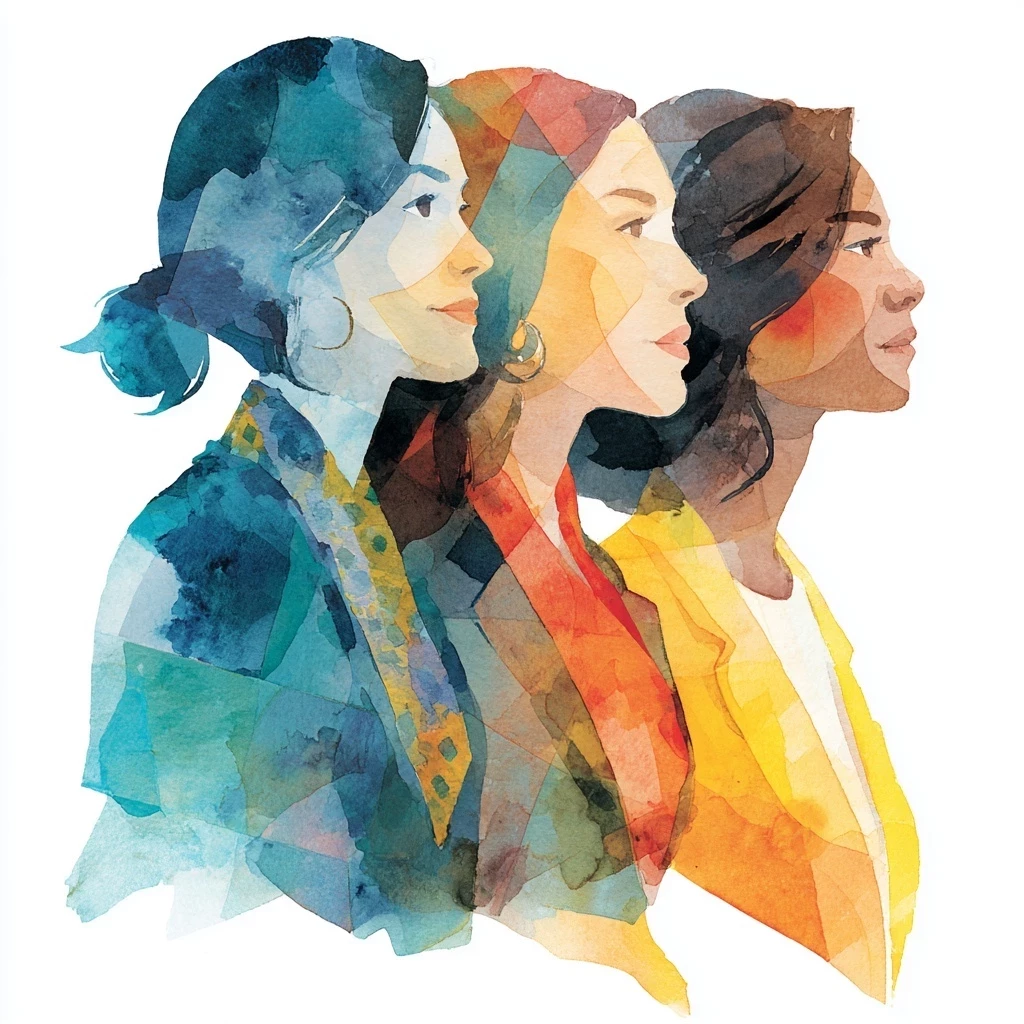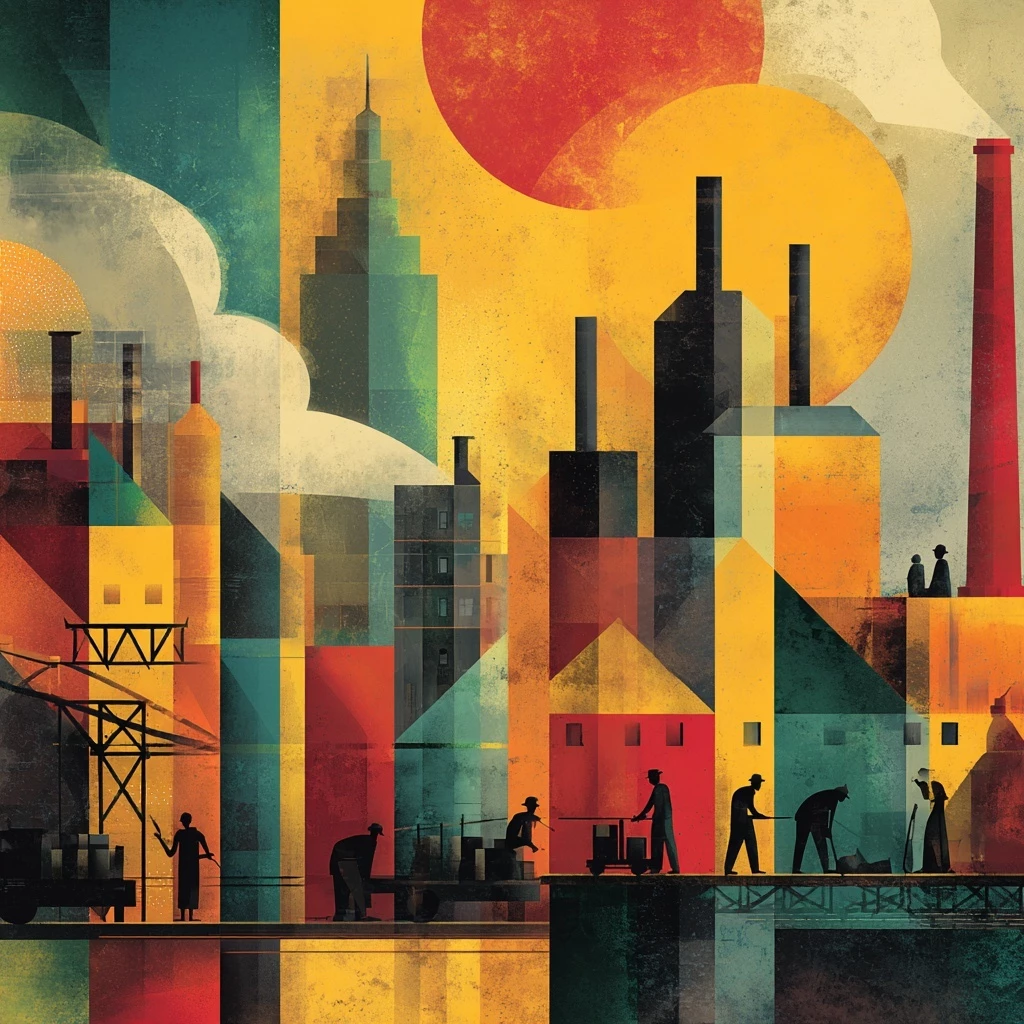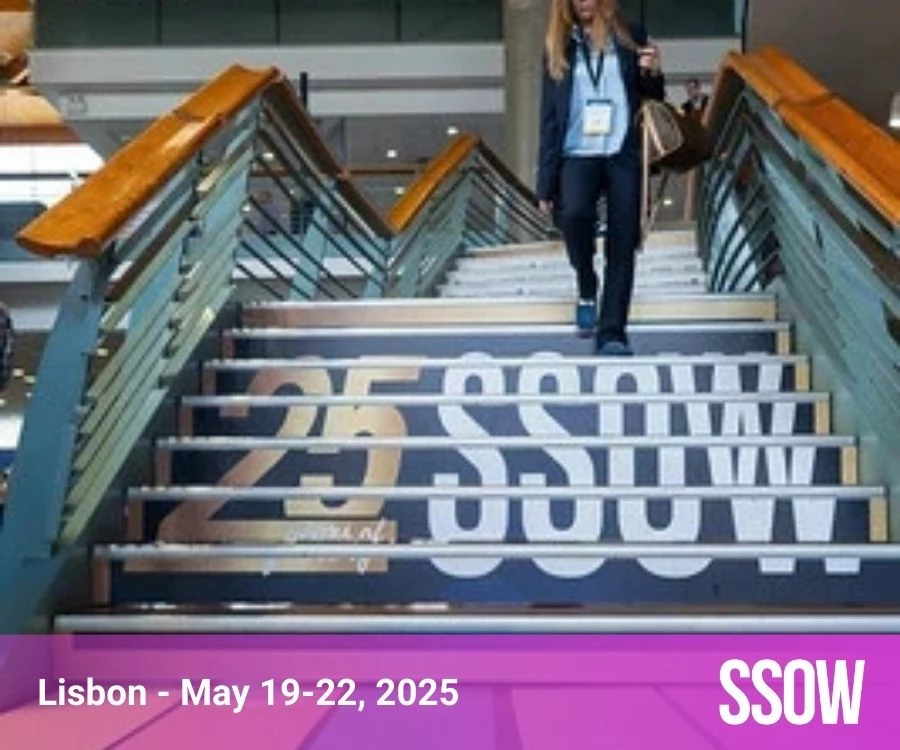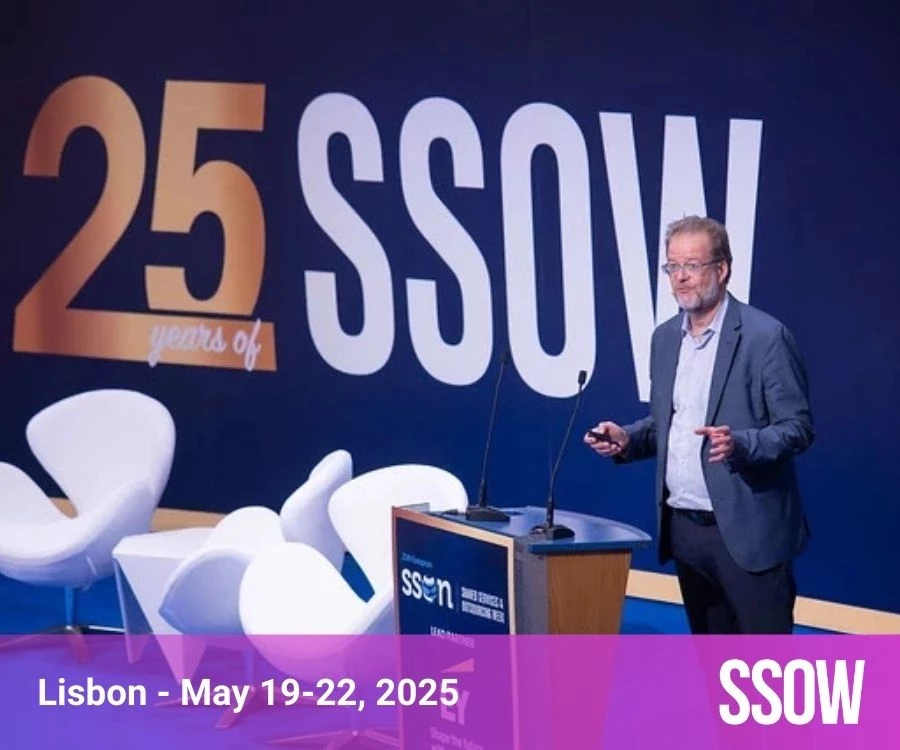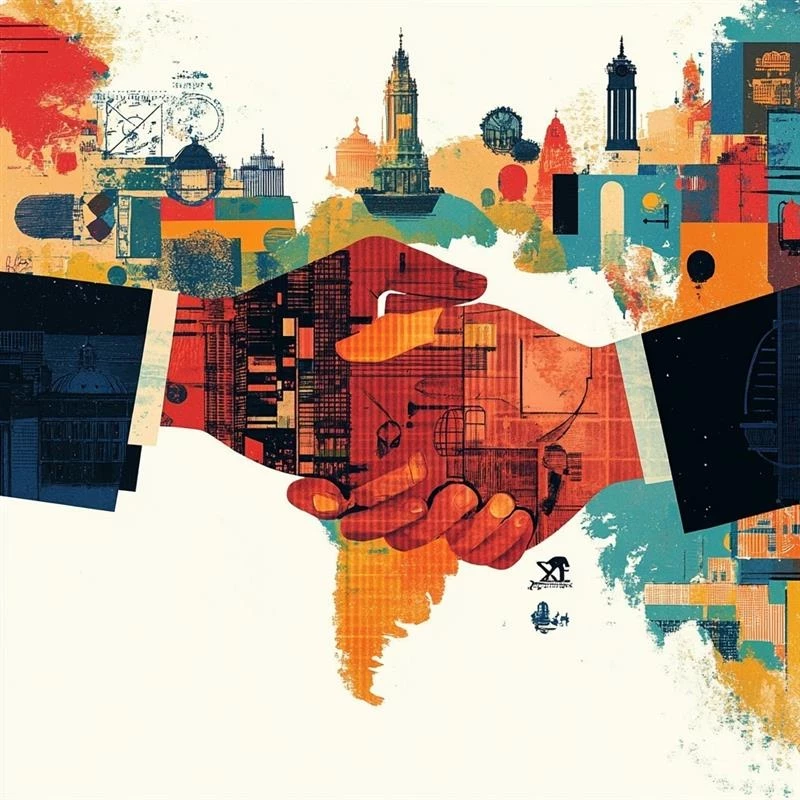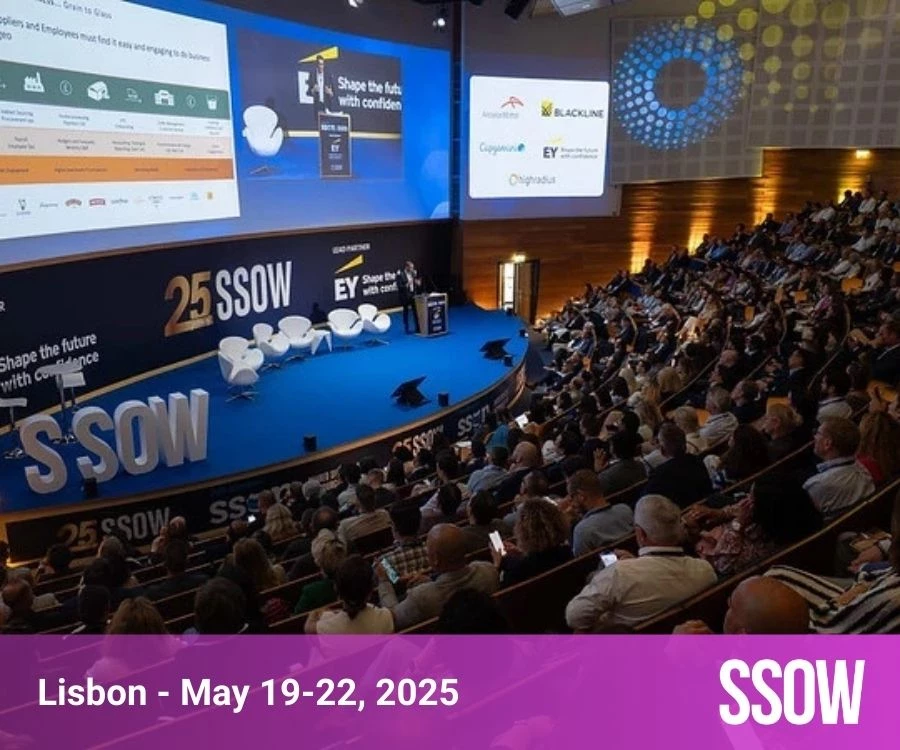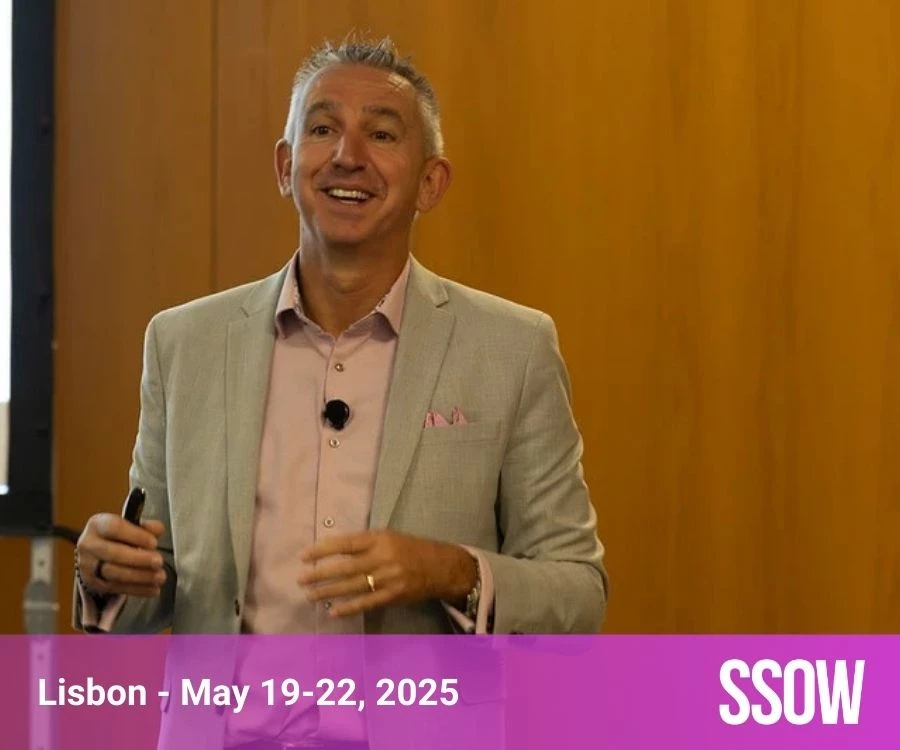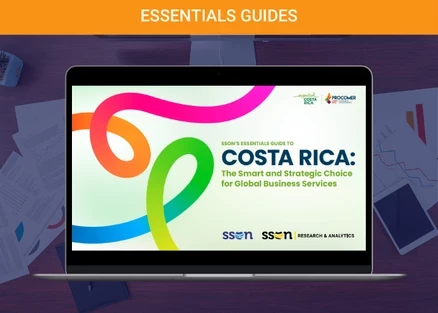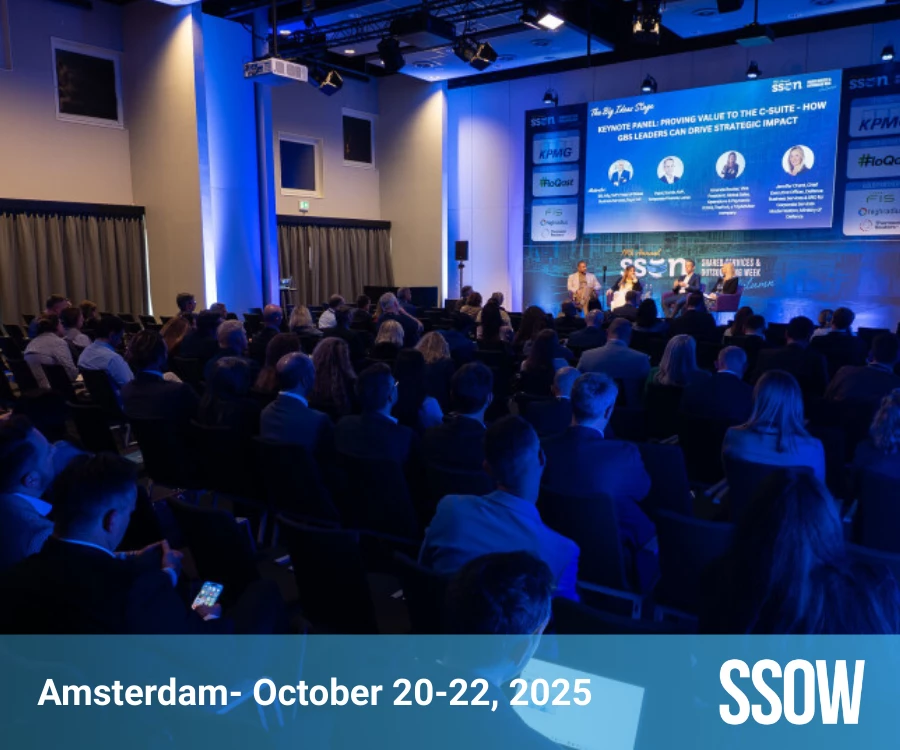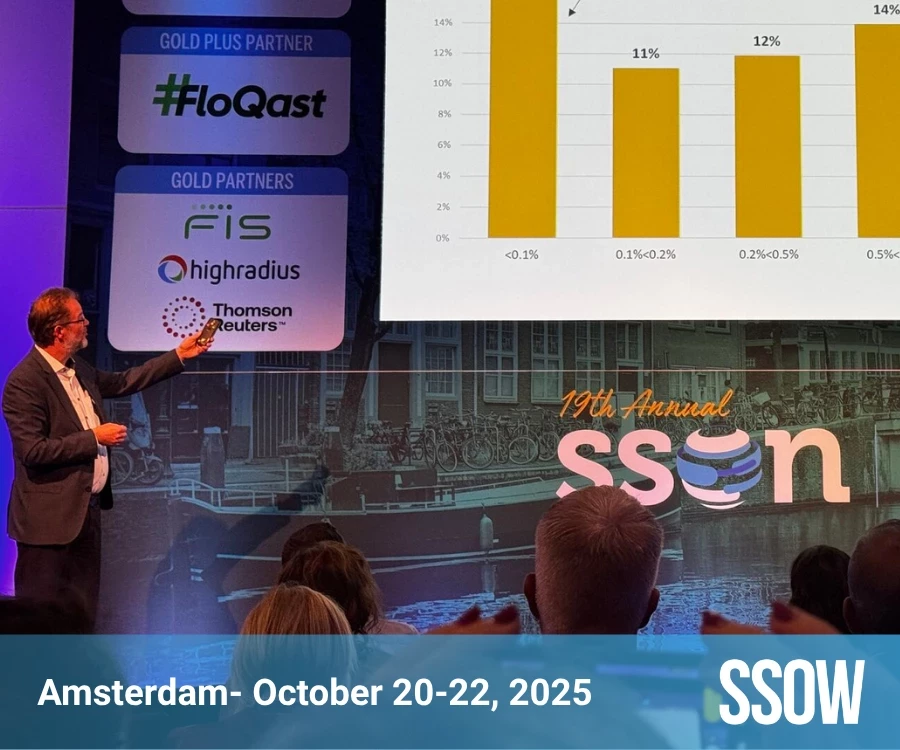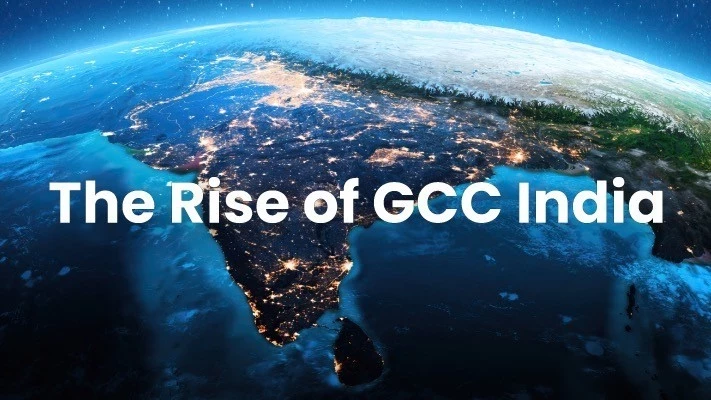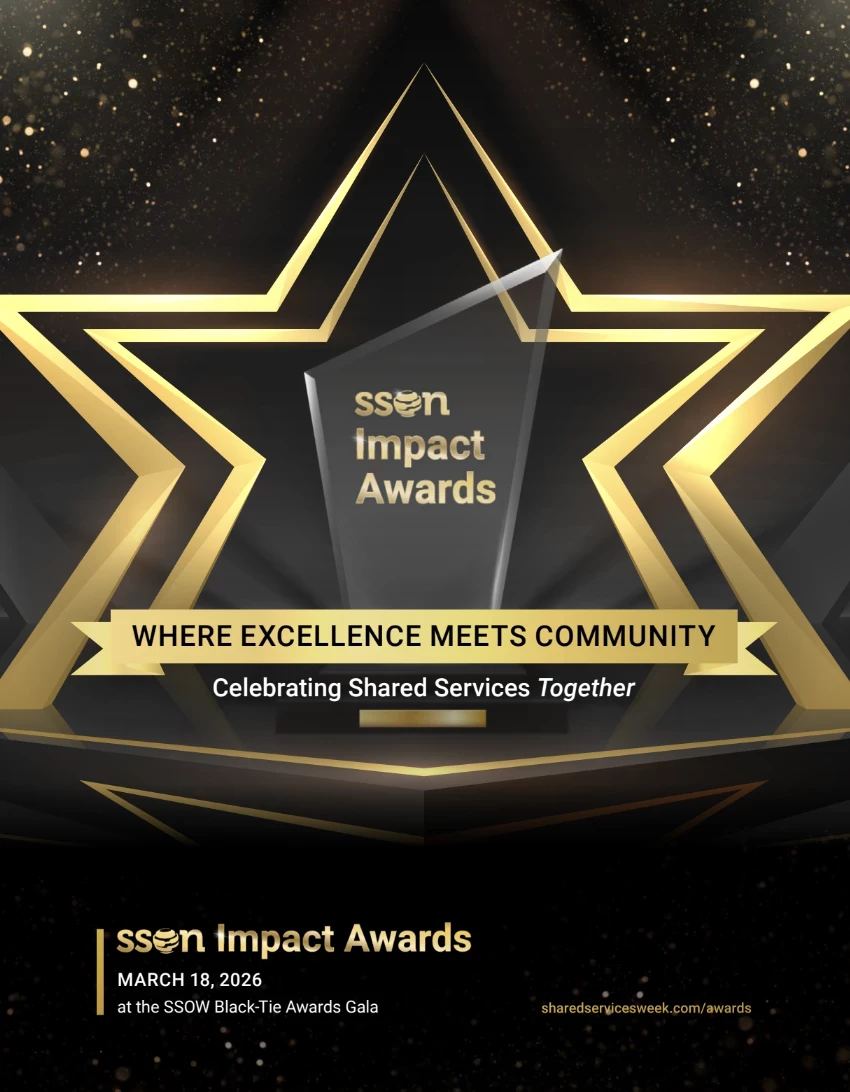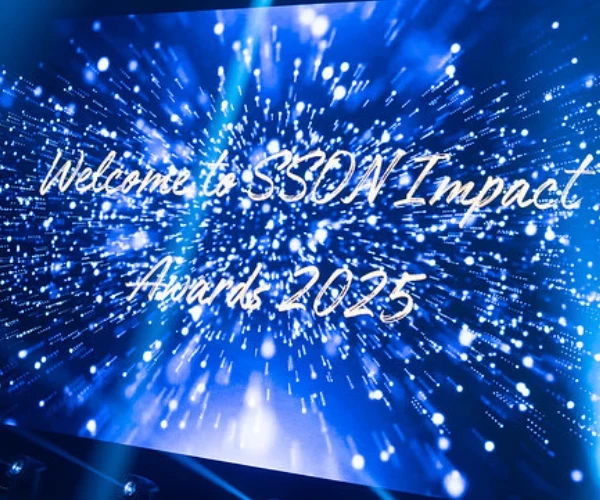
The Shape of Things to Come:
When imagination converges with innovation, the future that once lived only in fiction quietly begins to take shape in our daily lives. What once seemed improbable like a world connected by invisible networks, where machines assist us, and work flows across continents, that has become not just a reality but a defining aspect of our professional experience. Technology did not simply alter how we do things. It reshaped who we are, how we grow, and how we define success.
I remember a particular postcard that arrived when I was a boy. It came from California, sent by an uncle who had joined the merchant navy. He had grown up in a modest town, studied electrical engineering, and sailed across the world. For me, he was someone who had found a path beyond the limits of our surroundings. The postcard featured Tomorrowland, that idealized vision of the future from a Disney theme park. It didn’t just show buildings or rides. It showed possibilities, and more: that the future could be designed and advance humanity.
On the back of that postcard, my uncle wrote about what he had seen: early signs of a world shaped by emerging technologies, where automation would reduce effort and extend reach, where borders would shrink and ideas would move faster than ships or planes. At the time, we still watched television in black and white, made calls from rotary phones, and stored music on vinyl. It was a different world, but that card sparked something. It wasn’t about animation or fantasy. It was about transformation and the quiet belief that life could be bigger than the frame it started in.
That belief stayed with me. It made me curious about how change happens, how people respond to it, and how careers take shape when there is no map, only motion. It also taught me that behind every system and strategy, behind every digital transformation and global initiative, there are human beings trying to grow in a world that never stops changing.
A New Era of Talent:
The invention of the microchip in 1958 marked the beginning of something irreversible. It made computing accessible, affordable, and small enough to fit into our homes and hands. By the 1990s, with the launch of the World Wide Web, we entered a new epoch where information was not only stored but shared, and where careers began to intersect with technology in ways that were once inconceivable.
By the early 2000s, cloud storage, automation tools, and algorithmic learning began to shape how businesses operated and how professionals advanced. Work became less about location and more about capability. Remote access, digital collaboration, and global workflows became standard. Social media blurred the line between personal and professional identity. That was not just a digital revolution. People began to see themselves not only as specialists but as systems thinkers, communicators, and translators of complexity. Skills that were once optional like adaptability, curiosity, and narrative fluency became core competencies. The future my uncle described was no longer imagined. It was embedded in every device we touched and every decision we made.
But progress is never one-directional. As technology expanded, so did its shadows. Questions emerged about ethics, privacy, and the implications of constant connectivity. It became clear that while tools could amplify performance, they could not replace the human insight required to navigate uncertainty, build trust, and lead with purpose. Then one day, without much warning everything came to a halt.
Technology and Trust:
On September 11, 2001, I watched the twin towers fall in real time, broadcast live across the globe. That moment shifted something fundamental in the collective consciousness. It was not just a geopolitical rupture, but also a time when our digital, physical, and institutional systems all felt crumbling. Trust, which had long been implicit, became something the currency and we had to infuse it intentionally into every aspect of work and life.
The years that followed brought a surge in digital transformation. Systems were upgraded, platforms introduced, and cybersecurity moved from the IT department into the boardroom. But alongside this expansion, a quiet question persisted: Do people feel safe in these systems? Not just secure from external threats, but seen, supported, and able to grow within
the structures we’ve built?
In GBS and enterprise operations, that question remains central. New platforms and AI models may offer efficiency, but it is trust that enables adoption. And trust is built not only through compliance or communication, but through leadership that feels human, responsive, and inclusive. In this context, career agility isn’t just a talent strategy, it is a trust strategy. That sends signals of a change which is possible, supported, and we want to see happening.
The Shape-Shifter as a Leader:
The COVID-19 pandemic, arriving two decades into the century, accelerated all the trends already in motion. Suddenly, remote work was not an innovation; that was actually the only option. Office spaces were emptied. Home offices emerged. Collaboration moved to screens, and what had once been labeled flexibility became a requirement.
In this new landscape, traditional models of leadership fell short. Authority no longer came from proximity. Influence no longer required a title. What mattered was the ability to connect meaningfully across distance, to guide through complexity, and to remain centered even as circumstances shifted hourly.
This is where the shape-shifters emerged. Not as werewolves howling at the moon, but as very human professionals who had learned to adapt without losing their grounding. These individuals carried experience across industries, languages, and functions. They were not only specialists or generalists but clever people translating, moving between systems, interpreting new contexts, and acting with both speed and sensitivity.
In GBS, shape-shifters often take paths that defy traditional logic. Have you seen them? A process expert becoming a people leader, another creative strategist moving into operational governance. A marketer transitions into data stewardship. What connects them is not the nature of the work but the mindset behind their values and commitment to learning, the courage to move laterally, and the belief that growth comes from crossing boundaries, not defending them.
What Comes Next:
Looking ahead, it is clear that the future of talent will not be defined by stability, but by fluidity. Job descriptions will continue to evolve faster than organizations can update them. Success will belong to those who can learn in motion, contribute across domains, and communicate with clarity even when answers remain uncertain.
The idea of a linear career is giving way to a portfolio mindset. Professionals are increasingly combining roles, learning projects, side ventures, and mentorship into dynamic careers that adapt to the moment. Tenure, while still valuable, no longer guarantees insight. It is movement, not maintenance, that defines relevance in an age of change. GBS organizations must evolve in response. Talent models need to embrace flexibility and foster ecosystems that encourage exploration. Learning platforms must support not only skill acquisition but reflective development. Career pathways should not be ladders to climb but lattices to navigate—designed with intention, but flexible in execution.
Leaders, in turn, must develop narrative intelligence: the ability to frame change as part of a shared story, to make ambiguity feel like possibility, and to help teams see themselves in the evolution of the enterprise. This kind of leadership does not command. It invites. It doesn’t impose clarity but co-creates it with those doing the work. And so, we return to that old postcard. A simple object from a distant place, sent by someone who believed that a better future was not only possible but worth seeking. It reminds me all the time that careers are not just about outcomes, they are about the direction you take. That's probably how we choose to move toward something, even when the road ahead is bumpy and unfinished.
In a world shaped by AI, hybrid work, and constant transformation, the shape-shifter is no longer the exception. They are the blueprint, and the organizations that recognize, support, and elevate this kind of talent will be the ones writing the next chapter of global services. To gain more insights from our SSO Network, please join us for our upcoming Future of O2C Virtual Summit.







